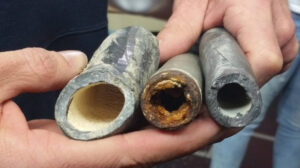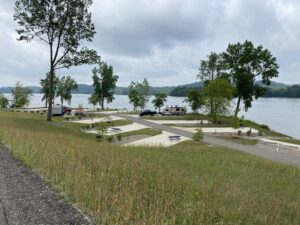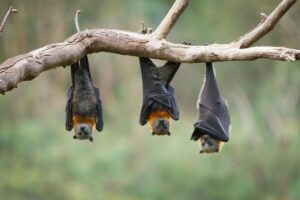
INDUSTRY TRENDS
The Wild Side of Landscape Architecture – Designing for Animal Welfare
September 19, 2019 | WRITTEN BY: Carmen
Written by: Holly Henriksen, PLA, ASLA, LEED AP BD+C
Landscape architecture plays an integral role in creating the ambiance for any project. When designing the Landon & Cynthia Knight Pride of Africa exhibit at the Akron Zoo, multiple variables had to be taken into consideration. As with any planting plan, the selected plants had to be appropriate for the hardiness zone of the site, suited to the soil conditions, low maintenance and attractive. But, the safety of the animals could not be overlooked. Each animal provides valuable genetic diversity to its species, especially for species that are endangered or threatened. Therefore, determining what plant materials may be toxic to the animals, and ensuring that no toxic plant materials could be thrown into the exhibit was a critical design element.
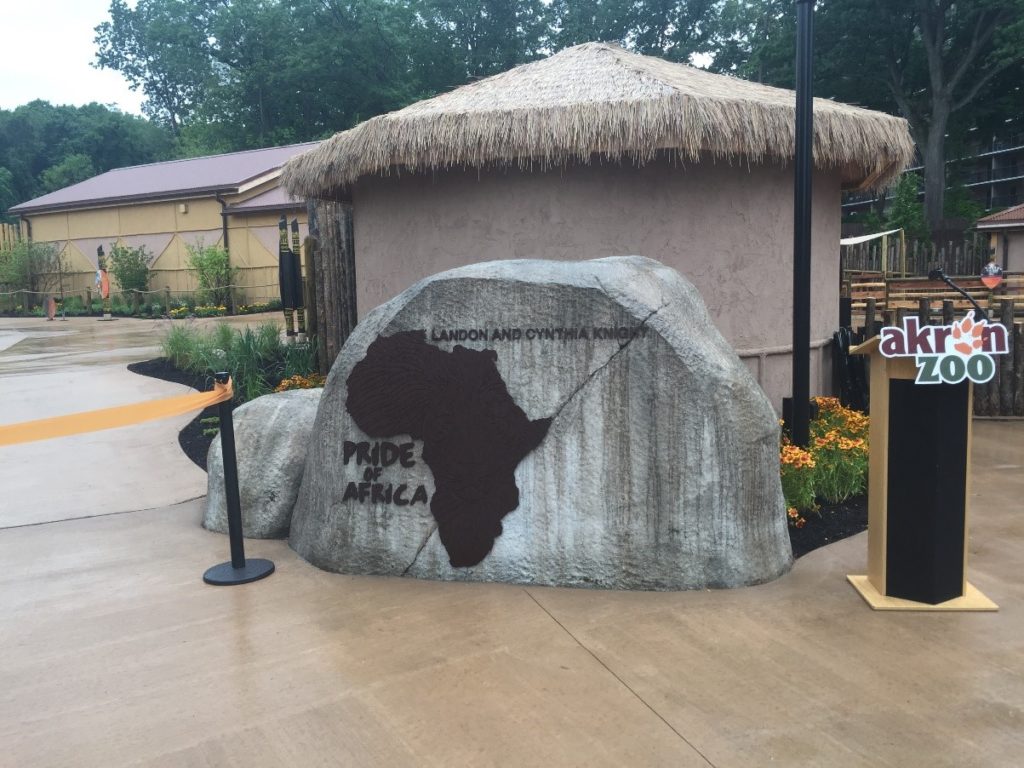
During the early stages of the design process, Environmental Design Group developed a list of plants proposed to be used on the site. The plant list was then forwarded to the veterinary staff to review for potential risks. For example, all parts of Tiger Lilies are toxic to cats and PJM Rhododendrons are toxic to several species. Once the veterinary staff determined the plants did not pose a risk, the list was sent to horticulture staff for input. Landscaping is not an exact science; some plants simply will not grow in certain places. Thus, the horticulture staff provided input regarding their experience with successfully or unsuccessfully planting those materials at the Akron Zoo.
The input provided by the horticulture and maintenance staff was invaluable. Only when the veterinary staff determined that the plants did not pose a risk to the animals and the horticulture staff provided positive feedback were the plants added to the plans.
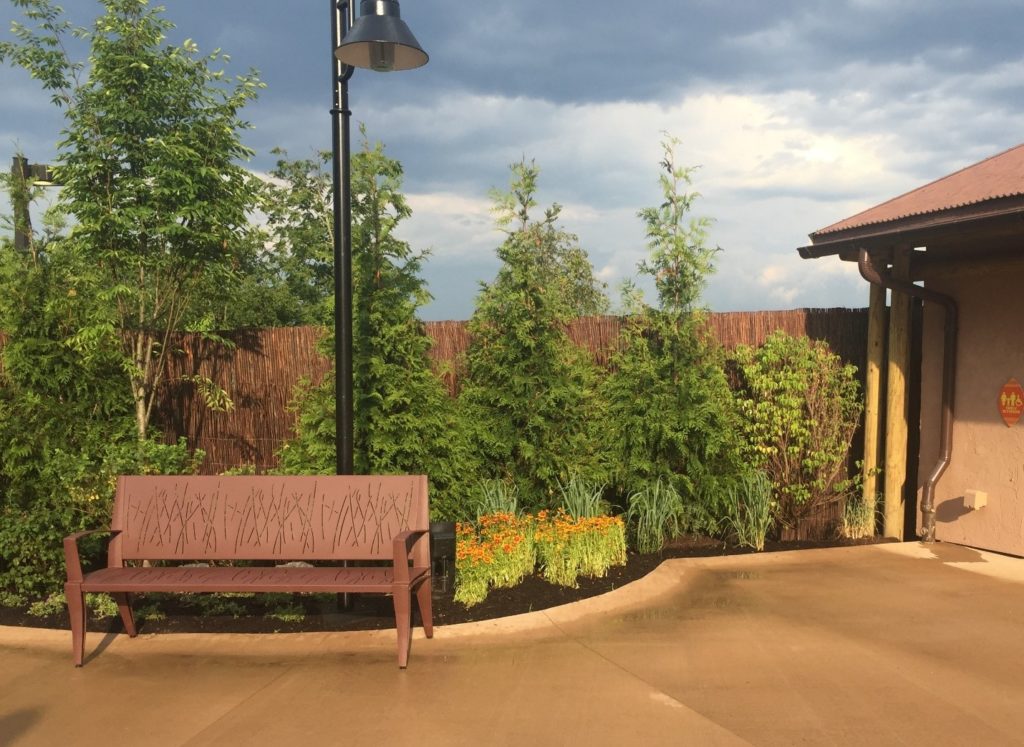
Ultimately, 47 different species of trees, shrubs, perennials and ornamental grasses were planted in the exhibit area. Larger plants were used as screening materials to disguise and soften animal containment and service area fences. The plants will grow to form a lush landscape, reminiscent of the Southern Rift Valley after the rainy season. Within the animal yards, a non-endophyte seed mix consisting of Orchardgrass, Timothy, Perennial and Annual Ryegrass and Kentucky Bluegrass was installed as a groundcover.
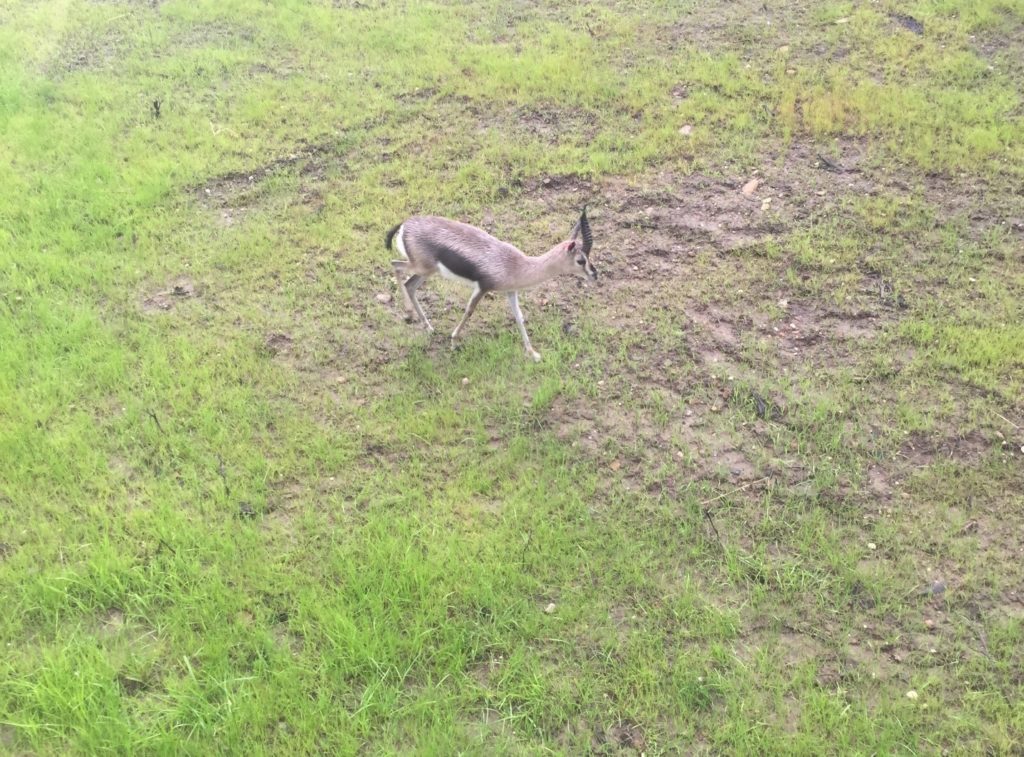
Designing a landscape plan that will grow well, look good, be low maintenance and most importantly, safe for the animals required the consolidation of input from various departments at the Zoo. The installed landscaping looks beautiful and will grow denser as time goes on, creating an atmosphere of beauty and mystery, mimicking that of the Kenyan savannas.
RELATED TAGS:
[xyz-ips snippet=”comment-form”]


